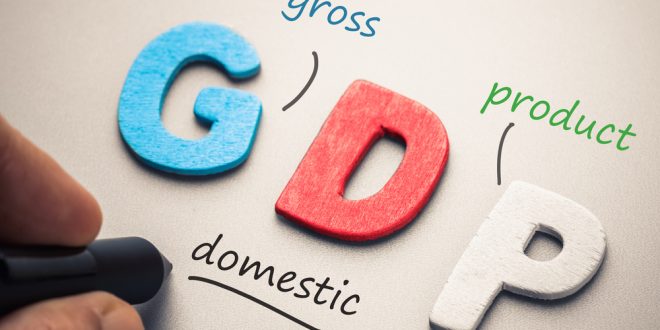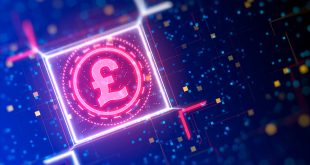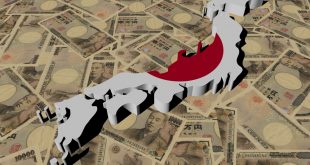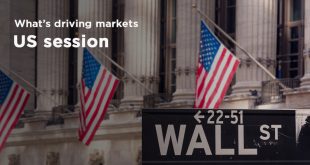The US gross domestic product growth has bounced back from 2020′s coronavirus recession, expanding at the fastest pace since 1984.
The US economy grew last year at its fastest pace since 1984, rebounding from a sharp but brief coronavirus-induced recession in March 2020. The increase in GDP, a measure of all goods and services produced, expanded by 5.7 percent in 2021, the Commerce Department reported Thursday. Growth accelerated even faster during the period from October to December, rising to 6.9 percent on annualized basis.
With inflation running hot and Covid-19 cases from the highly contagious omicron variant filling overworked hospitals and keeping workers at home, the economy is expected to grow at a slower rate in 2022. Economists have already slashed their forecasts for the first quarter, due to the impact of omicron.
The economy finished 2021 on a strong note, though GDP growth was driven largely by rising inventories. Omicron will put a dent in first quarter economic growth, Americans are already seeing some of this with increased jobless claims, but demand remains strong, the labor market is tight, and the economy is poised for another year of solid, above-trend growth.
Multiple forces are working to drag down what would otherwise be more buoyant growth. Consumer spending is the main engine of GDP and it was bolstered during 2021 with stimulus payments and other pandemic-era emergency relief.
Households broke up the tedium of quarantines by splurging on everything from new decks and home office spaces to sporting goods and pet products. But those relief programs have largely lapsed, and consumer savings — boosted to record highs during the pandemic — are starting to draw down.
Businesses remain squeezed by omicron, especially those in hospitality and leisure. Job openings in these areas remain high, but are going unfilled as workers hang back for health and child care reasons and in hopes of better prospects.
The Federal Reserve said Wednesday it plans to raise interest rates more than once this year. Those rate increases will make borrowing more expensive, driving up the costs of buying a new car, house and carrying credit card debt, and perhaps slow the economy.
Earlier in the pandemic, Federal Reserve Chairman Jerome Powell said inflation was “transitory,” but he acknowledged Wednesday at a news conference following the central bank’s latest monetary policymaking meeting that his view has changed, as inflation has soared to its highest level in four decades.
“Bottlenecks and supply constraints are limiting how quickly production can respond to higher demand in the near term” and “these problems have been larger and longer lasting than anticipated,” Powell said.
Over 22 million jobs were cut following the March 2020 outbreak of Covid in the US as authorities-imposed lockdowns and businesses shuttered or severely curtailed their hours. The economy went into a recession.
But emergency action from the Fed, including slashing interest rates to zero, rafts of government stimulus to households, and the eventual rollout of vaccines revived the economy. Consumers had the confidence and cash to resume spending.

 Noor Trends News, Technical Analysis, Educational Tools and Recommendations
Noor Trends News, Technical Analysis, Educational Tools and Recommendations




